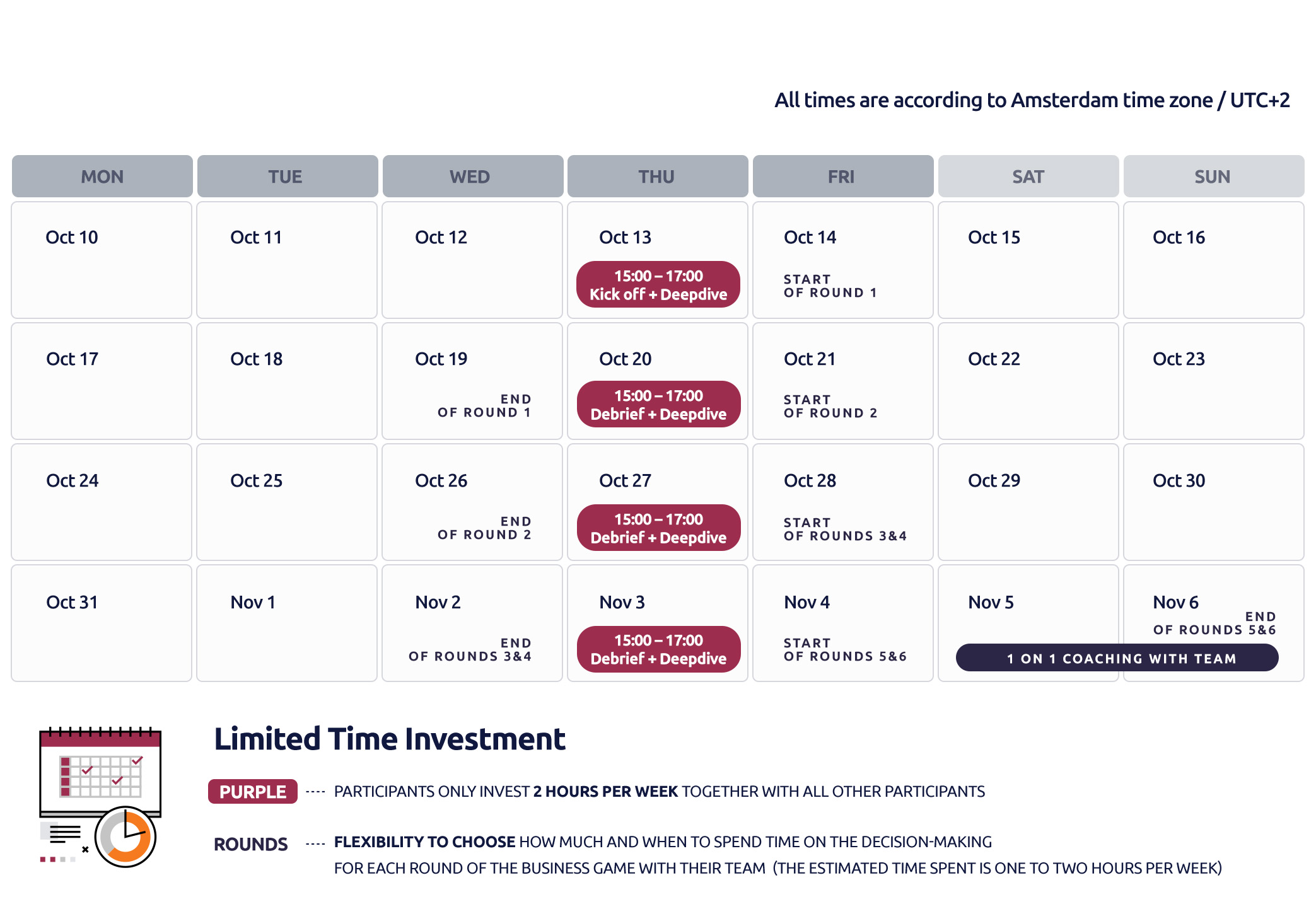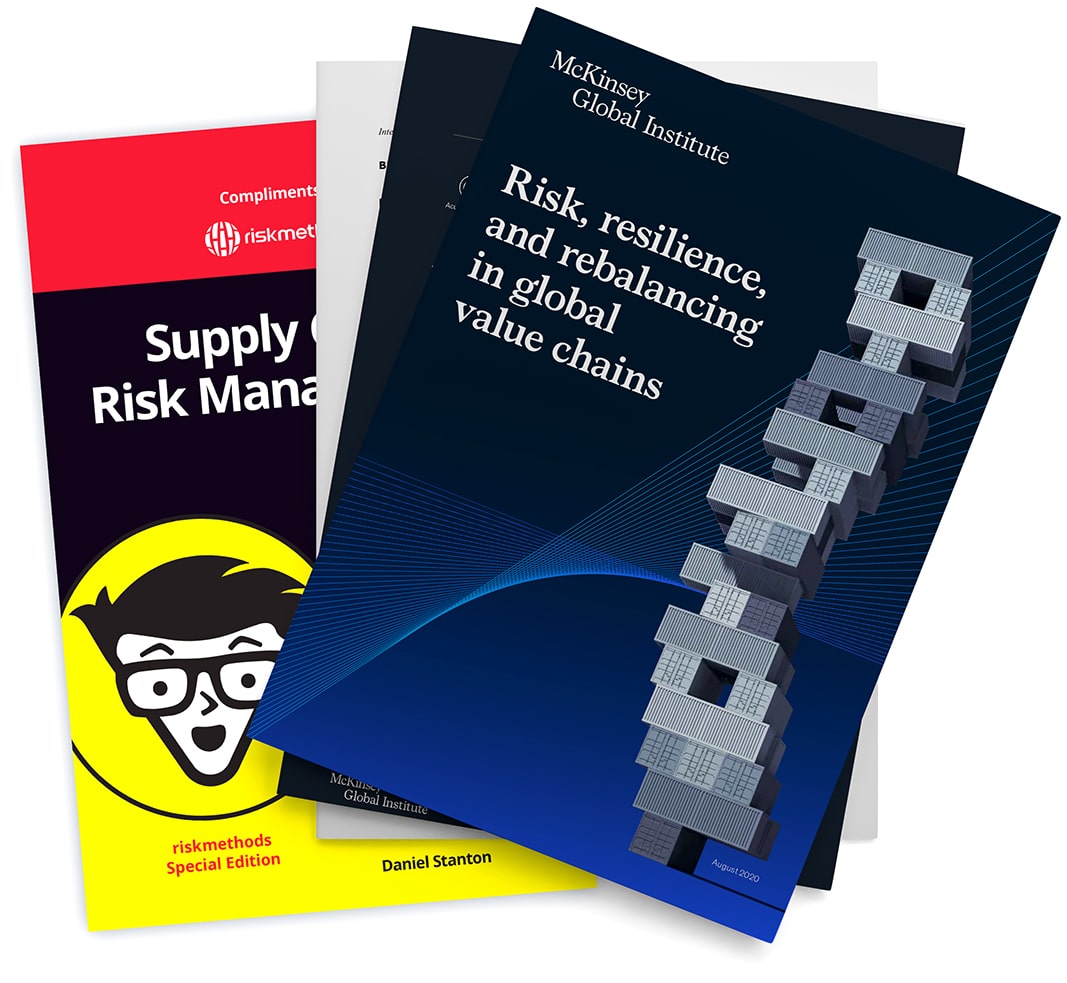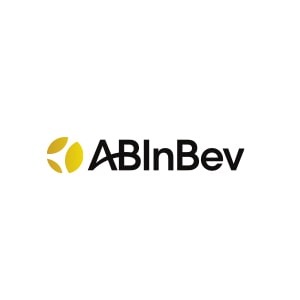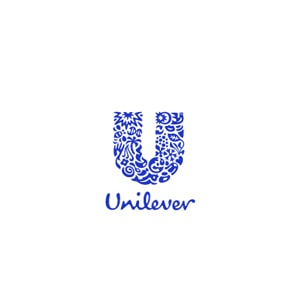How can a company respond to unexpected events and recover from disruptions quickly?
This is the key question which we will try to answer during our event, Resilience Hands-On. But our aim is to not only learn through theory but also learn by doing. Let’s take action!
The three-week long program aims to combine ideas and challenges to substantially enhance a company’s capability to build a resilient value chain. We will try to achieve this through the power of experience which is at the core of our learning process.
You will participate with three other team members to engage into an immersive learning experience. You will be in charge of managing a virtual manufacturing company end-to-end to ensure its resilience so that it can deal with any kind of disruptions.
Resilience Hands-on
Track Schedule

Why join?

Get access to the bundle:
Resilience Hands-On
the basics of supply chain resilience
We have selected for you some insightful materials that will help you go through the basics of supply chain resilience and start exploring the difference between traditional risk management and resilience.
In this package you can find:
- Introductory Slides: Thoughts on Risk and Resilience
- Building the Resilient Supply Chain – Martin Christopher and Helen Peck Cranfield School of Management
- A Supply Chain View of the Resilient Enterprise – Yossi Sheffi and James B. Rice Jr.
- The Power Of Resilience (Book Excerpt) – Yossi Sheffi
- The eBook: Supply Chain Risk Management for Dummies
- Risk, Resilience and Rebalancing in Global Value Chains – McKinsey Global Institute
Certificate of participation
Participants will receive a certificate of participation! The certificate of participation is easily added to your LinkedIn profile with oneclick on a button.

Any questions?
Our Track Partner

Involvation is a consultancy and implementation firm that is focused on improving the supply chain and its management by helping all manner of organizations, large and small, to take the decisive step: the step from the challenge to a sustainable result.
Deep-dive session 1: Mind Map Resilience
During this deep-dive, our partner Involvation will guide the participants through the Mind Map Resilience to provide them with a holistic view of supply chain resilience, addressing all the key elements (Supply Chain Design, Collaboration, Behaviour, Agility) to reach it.
Deep-dive session 2: Resilience vs Risk Management
What are the main differences with the traditional risk management approach? During this keynote session, our partner Involvation will make a deep-dive into the key elements of the two approaches, highlighting the benefits of a "glass-half-full" perspective when designing a resilient supply chain and learning how to bounce back better than the competition from unexpected hits.
Deep-dive session 3: Collaboration & decision making
One of the main aims of Resilience Hands-On is to help companies achieve a more resilient value chain. But which are the key elements in order to do it? In this third deep-dive, Involvation will focus on the importance of having a broad knowledge of the company's supply chain (e.g. third and fourth-tier suppliers) as well as a strong internal and external collaboration to build a more resilient value chain.
Deep-dive session 4: Business Model Presentation & Contextualisation
Last but not least, we'll take over from our track partner to help the participants understand how the learnings can be contextualized and applied to their own companies' day-to-day activities. Such as reviewing life-like situations encountered in the business game and comparing them to real-life scenarios. The objective of this exercise is to build a bridge to the participants' day-to-day work and help them to be ready to respond.















